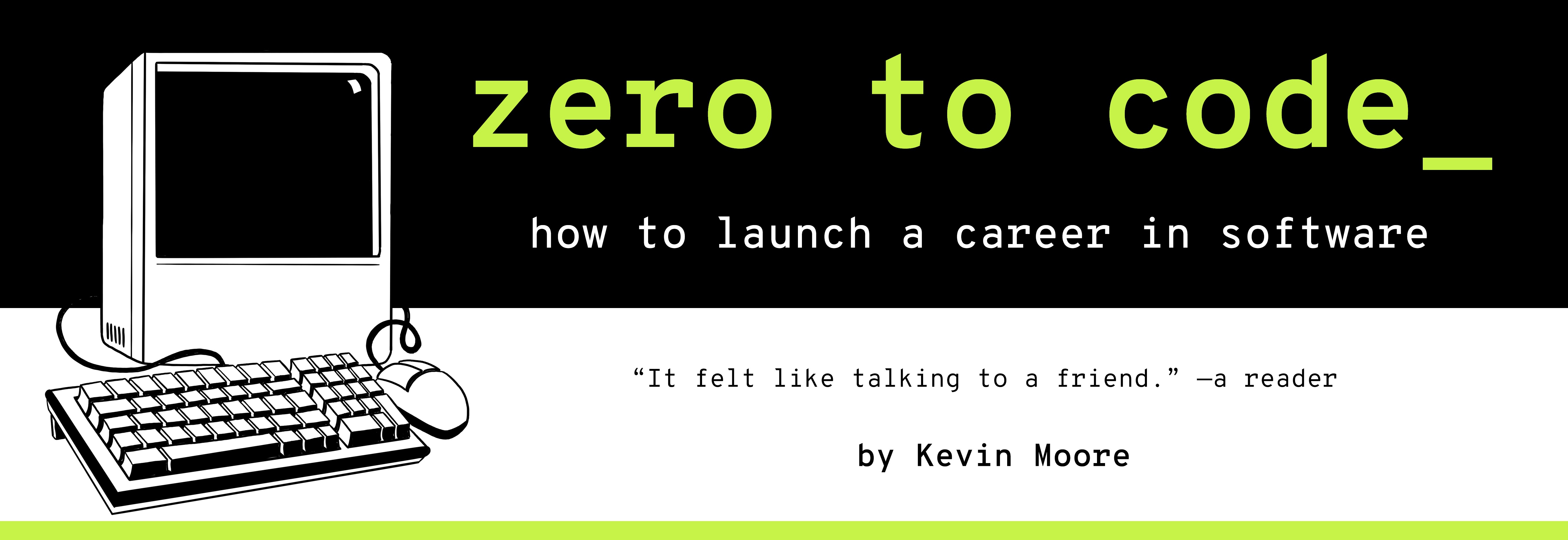Push Early, Push Often
Now that you’ve pushed a few project repositories to GitHub, go take a look at your GitHub user profile. Scroll down. You’ll see a section that’s says something like “10 contributions in the last year.”

See those little green squares on your own page? That is a big piece of your résumé. When the recruiters come knocking, they are going to want to see a coder’s résumé. You are going to be telling people your GitHub user name.
Even though you will sometimes feel like you are not making progress, keep building your GitHub resume. If an employer takes a look at your GitHub and sees a lot of green for the last few months, they are probably going to start thinking seriously about calling you for an interview. A good-looking GitHub profile can overcome a lot of other weaknesses. The proof is in the pudding, as they say.
Additionally, version control is essential for software teams to be able to work together. All serious software engineers (like you) use version control. Being conversant and productive with git is a professional requirement.
Interviewer: How do you prevent bugs in your production deployments?
You: One way is that I use the git flow model. I use a master branch for deployment, a develop branch for testing, and feature branches for all of my day-to-day work.
Interviewer: You seem like you use GitHub Pages for a lot of deployments.
You: Well, if all I need to serve is static content, you can’t get much easier than only having to push a gh-pages branch! Lots of big open-source software projects like ReactJS are hosted on GitHub Pages. It takes care of my deployment needs and allows me to focus in on the code.
Interviewer: True.
You: I am always interested in learning about new deployment strategies, though.

